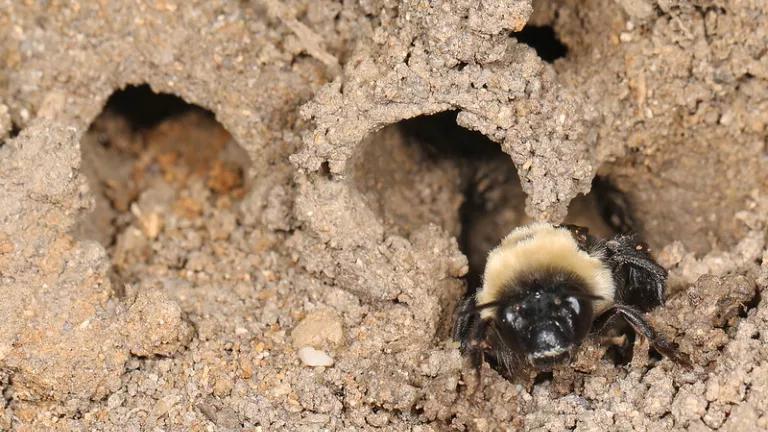Mother Nature, Oroville Dam, and Lessons for California

The state's recent dam crisis is an example of why infrastructure needs to work with nature, not against it.
Ever since Hurricane Katrina breached the levees of New Orleans and flooded much of the city, experts have warned about a similar levee collapse in the San Francisco Bay–Delta. The area has 1,100 miles of these protective embankments, and many have claimed that the question is not whether they will fail, but when.
The same could be said about many aspects of California’s heavily engineered water system. The state, and particularly the thousands of people living below Oroville Dam, are experiencing that reality right now. People are very grateful for the extensive efforts by state and local agencies to protect life and property downstream and to begin spillway repairs. But while the immediate threat prompting a mandatory evacuation below Oroville Dam has passed for the moment, it will be months before permanent repairs can be made to the dam’s broken spillway and the flaws in the emergency spillway can receive the serious attention they deserve.
Another less dramatic—in fact, nearly invisible—breakdown of California’s water infrastructure was announced in December when NASA confirmed that the California Aqueduct—the primary artery for moving water from the northern part of the state to the southern part—is sinking, continuing to lose capacity to deliver water from the San Francisco Bay–Delta because of subsidence in the San Joaquin Valley, which in turn is caused by groundwater overdraft. Unsustainable groundwater withdrawals in the Central Valley are a slow-moving train wreck that not only threatens water canals and other infrastructure, but also has contributed to thousands of drinking water wells drying up during the drought.
These serious threats to critical California infrastructure require immediate and, likely, expensive fixes.
Oroville Dam and the California Aqueduct are the core components of the State Water Project, designed to move millions of acre-feet of water annually from Northern California to the drier San Joaquin Valley and Southern California. We need these structures to function if the State Water Project is going to continue to deliver that water.
But there is a deeper lesson here that California needs to take to heart before investing billions of dollars in new water infrastructure: It’s better (and far cheaper to ratepayers and taxpayers) to work with nature than against it. We can reduce the risks of failure and the high costs of maintaining these manmade structures going forward by investing in natural infrastructure, like expanding water storage capacity through groundwater recharge, improving flood protection by restoring floodplains, and reducing municipal water pollution by capturing stormwater in our cities when it falls from the sky. These approaches are generally cheaper, provide multiple benefits, and do not require the same high level of expensive maintenance as new dams, canals, or tunnels.
One exciting example of this approach can be found in the Kings River Basin, where farms are capturing flood flows to reduce groundwater overdraft and downstream flood threats, at a cost of $36 per acre-foot. Similarly, this year the federal Bureau of Reclamation is helping to provide hundreds of thousands of acre-feet of very low cost water for groundwater recharge, as reservoirs reach capacity. Compare this to the estimated cost of water from new dam proposals in California, which exceeds $1,500 per acre-foot for the proposed Temperance Flat Dam.
We’ve also seen the enormous flood-protection benefits of natural infrastructure in the Sacramento Valley’s Yolo Bypass this very wet winter, driving home the value of allowing expansive floodplains to capture flood flows that would otherwise have inundated Sacramento. Flooding the Yolo Bypass can also provide significant benefits to birds, salmon, and other wildlife that thrives in its rich, shallow waters. But we don’t have enough of those floodplain relief valves in California. We need to create more, especially on the San Joaquin River system and through levee setbacks that provide more room for rivers throughout California.
Finally, we need to design our cities to value and capture rainfall when it does come, rather than treat it as a nuisance to be swept out to sea as fast as possible. Green roofs, permeable pavements, roadside swales, and other amenities make our cities more livable and help to capture valuable freshwater when nature delivers it to us.
Working with natural systems rather than against them is cost-effective, reduces risk, and provides multiple benefits for people and the environment. California has realized great prosperity from its investment in big dams, a vast network of canals, and giant water diversion pumps. And those investments will require maintenance and upkeep. But we need to rethink our future investments to minimize the costs and risks we incur from trying to tame Mother Nature rather than partner with her.



